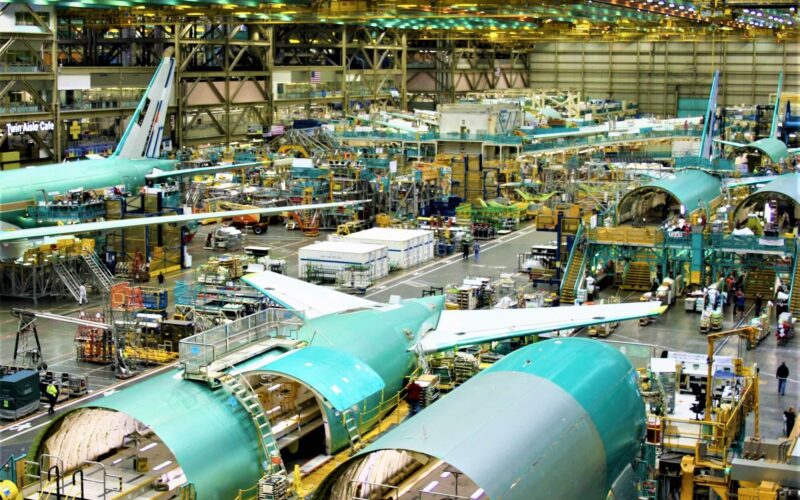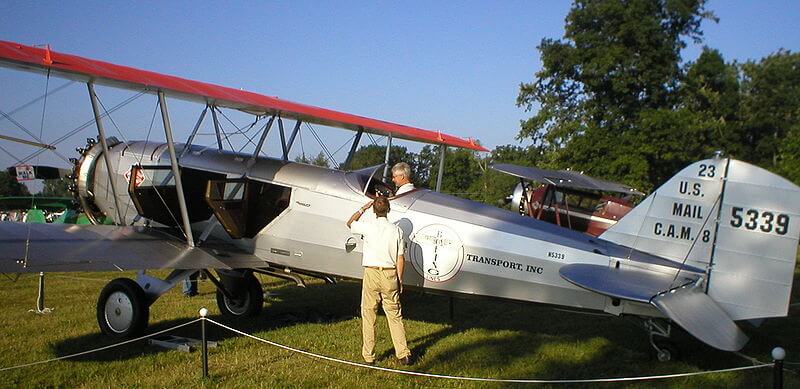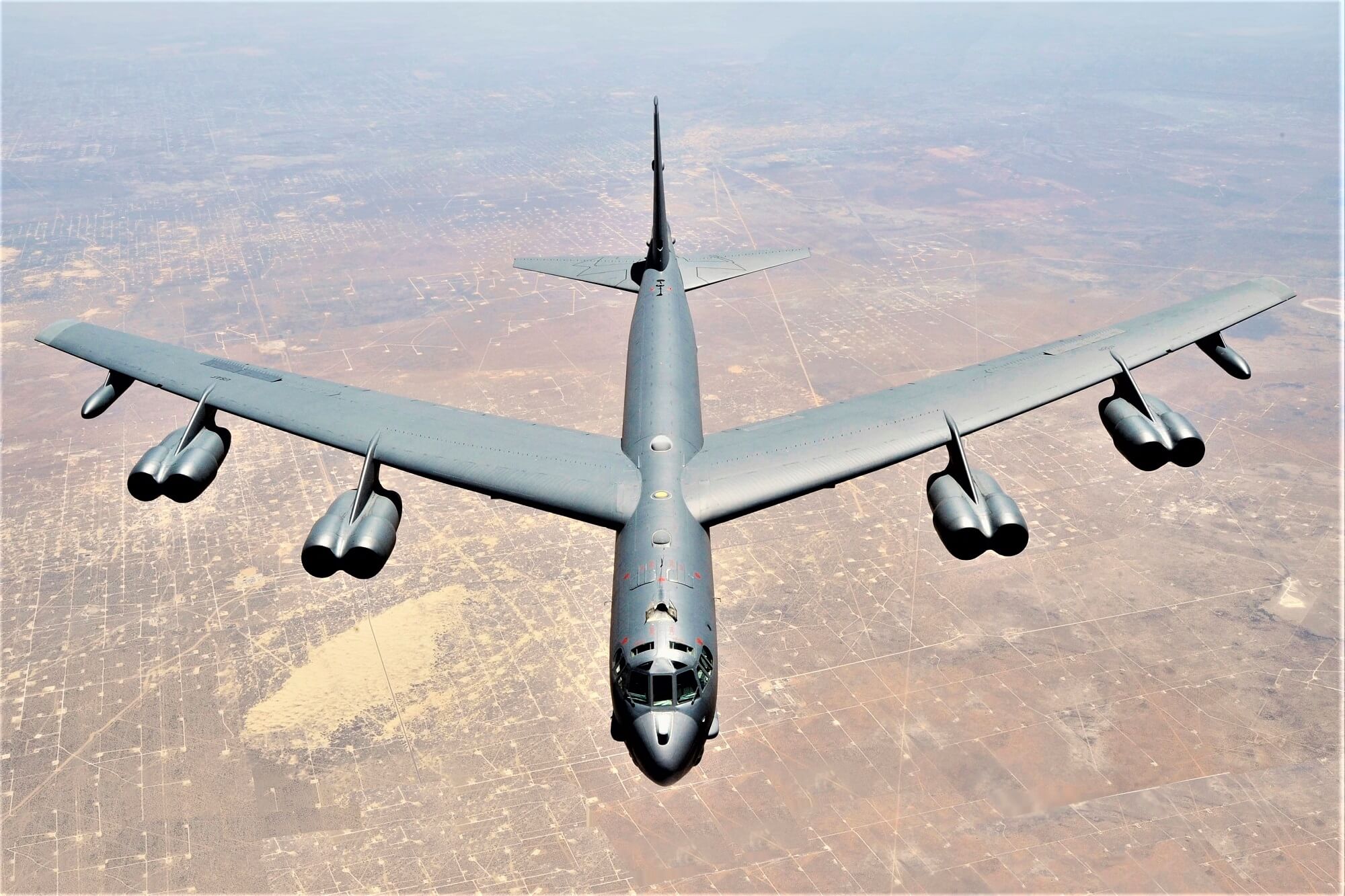With an average yearly production output of around 380 commercial aircraft, roughly 230 military planes, and up to two satellites, Boeing is among the largest global aerospace manufacturers.
But how was the company established? And which planes brought the company global success? AeroTime takes a look at a brief history of The Boeing Company.
Origin story
The aerospace giant is renowned the world over and has been active for more than a century, having celebrated 100 years in 2016. And its origins make for an interesting read.
William E. Boeing, an American timber entrepreneur, visited the Alaska-Yukon-Pacific Exposition in Seatle in 1909, where more than three million attendees were able to explore the cultural and technological development of the Pacific Northwest in western North America.
Boeing, already a wealthy timber executive, became fascinated with aircraft after viewing one at the exposition. A year later, Boeing bought a Green River-based wooden boat manufacturing facility, which would later become his first personal aircraft facility. The entrepreneur was so taken by the idea of air travel that, in 1915, he asked Gleen Martin, one of the first US-based aircraft developers, to teach him how to fly.
Captivated by the idea of flying solo, Boeing purchased his first private aircraft, called the Flying Birdcage, which was developed by Martin. However, the plane was damaged during a test flight.
Aircraft were a relatively new invention at the time, so it proved challenging for Martin and Boeing to find spare parts. Given the fact that Boeing has already established a manufacturing facility, he decided to try and produce the parts himself.
Soon Boeing realized that he could even work on the design of a new aircraft. So, in collaboration with his friend, US Navy engineer George Conrad Westervelt, Boeing started a brand-new project – a new B&W seaplane – which carried the initials of both its designers.
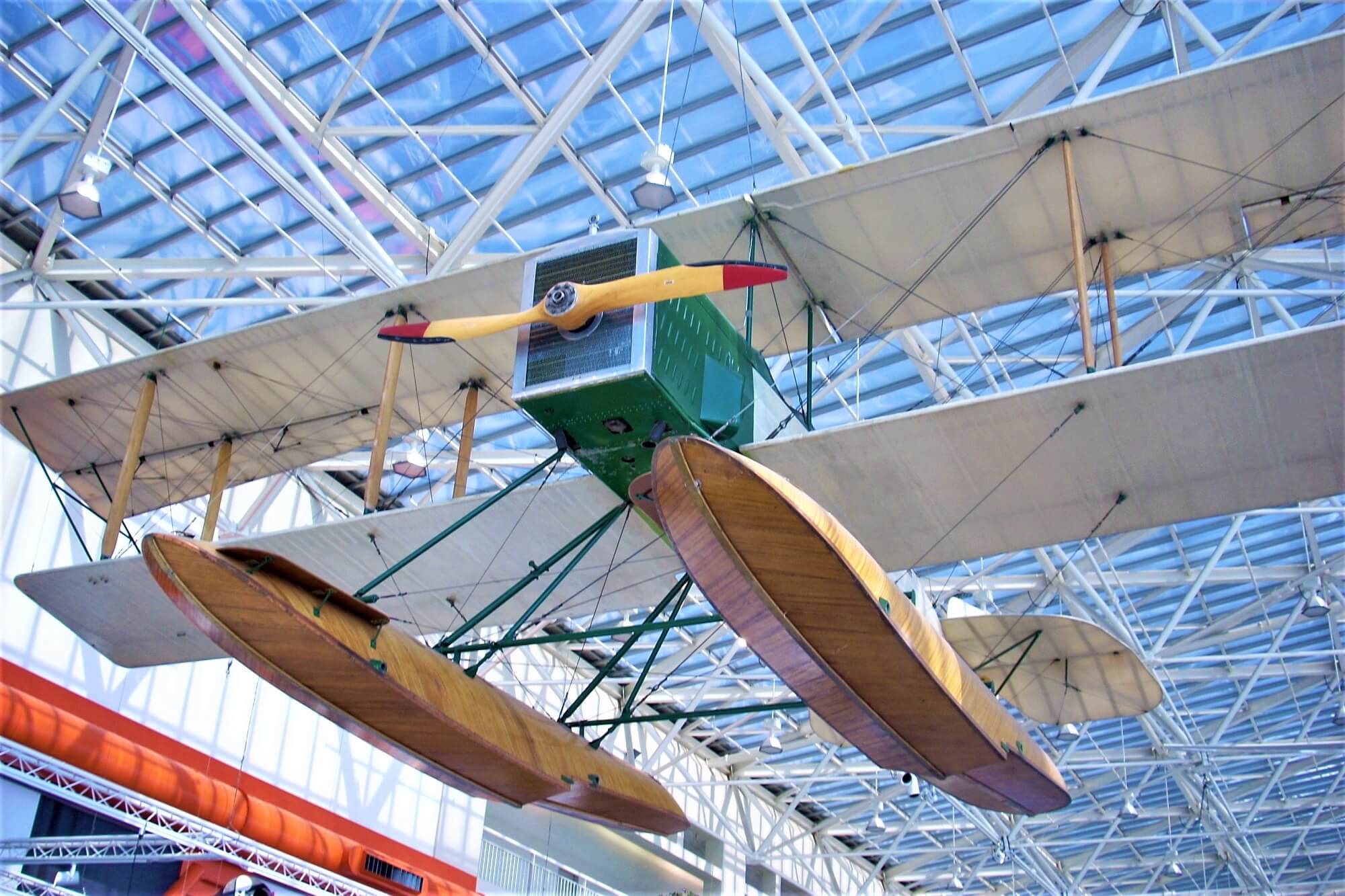
How did the Boeing Company get its name?
The first B&W, a single-engine biplane seaplane aircraft, also recognized as Boeing Model 1, was completed – and made its first flight – in 1916, just a year after the Flying Birdcage crash.
The first attempt to take-off in his own plane strengthened Boeing’s desire to turn the concept into an aircraft manufacturing business. Boeing launched his company later the same year, under the name Pacific Aero Products Co.
Boeing offered the wooden B&W to the U.S. Navy, but the service did not take the aircraft. So, Boeing hired Chinese engineer Wong Tsu, who helped the company to develop a new Boeing Model 2 two-place training seaplane.
In 1917, when the US entered the First World War, Boeing predicted that the US Navy would need seaplanes for training purposes and sold two Model 2 aircraft to the service, marking the company’s first financial success. The company was renamed the Boeing Airplane Company the same year.
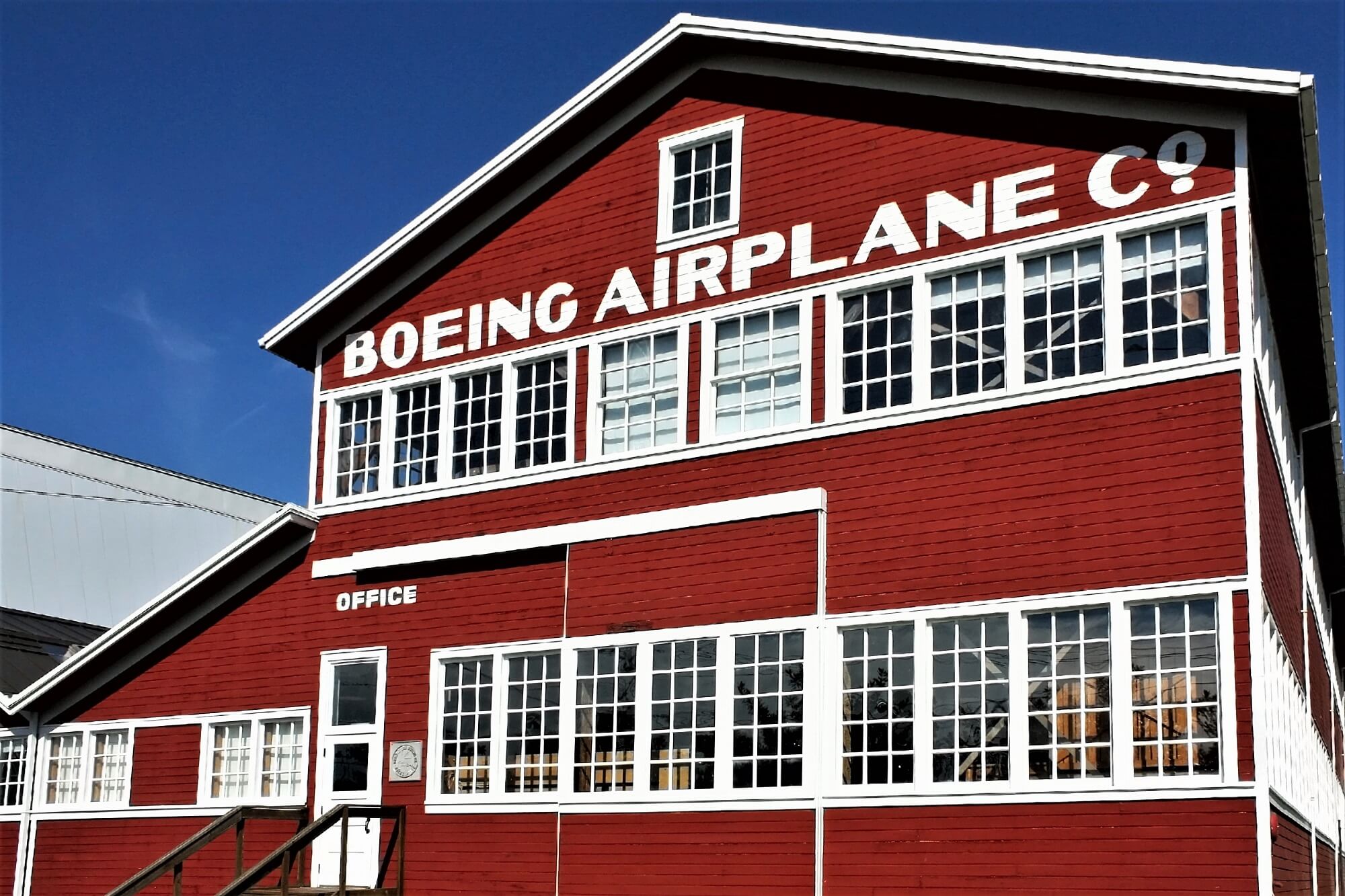
However, after the end of the First World War in 1918, demand for the Boeing Model 2 decreased as the market was filled with far cheaper aircraft models. Boeing returned to the aircraft business in 1919 with the new Boeing Model 6 flying boat, which was the first commercial design for Boeing.
The Model 6 was followed by a number of additional models, expanding the company’s portfolio.
Taking off with airmail
Boeing dominated the airmail service market in the US during the 1920s with its single-engine biplane Model 40. The plane could fly both airmail freight and passengers and became a great success, encouraging Boeing to develop planes that could be used for passenger service.
Linmhall / Wikimedia Commons
Recognizing the public’s interest in air travel and its promising future, Boeing launched its first airline, Boeing Air Transport, which merged with the manufacturing business in 1927. The launch was followed by the introduction of Boeing’s first passenger plane, the Boeing 80, which was capable of flying 12 passengers on board.
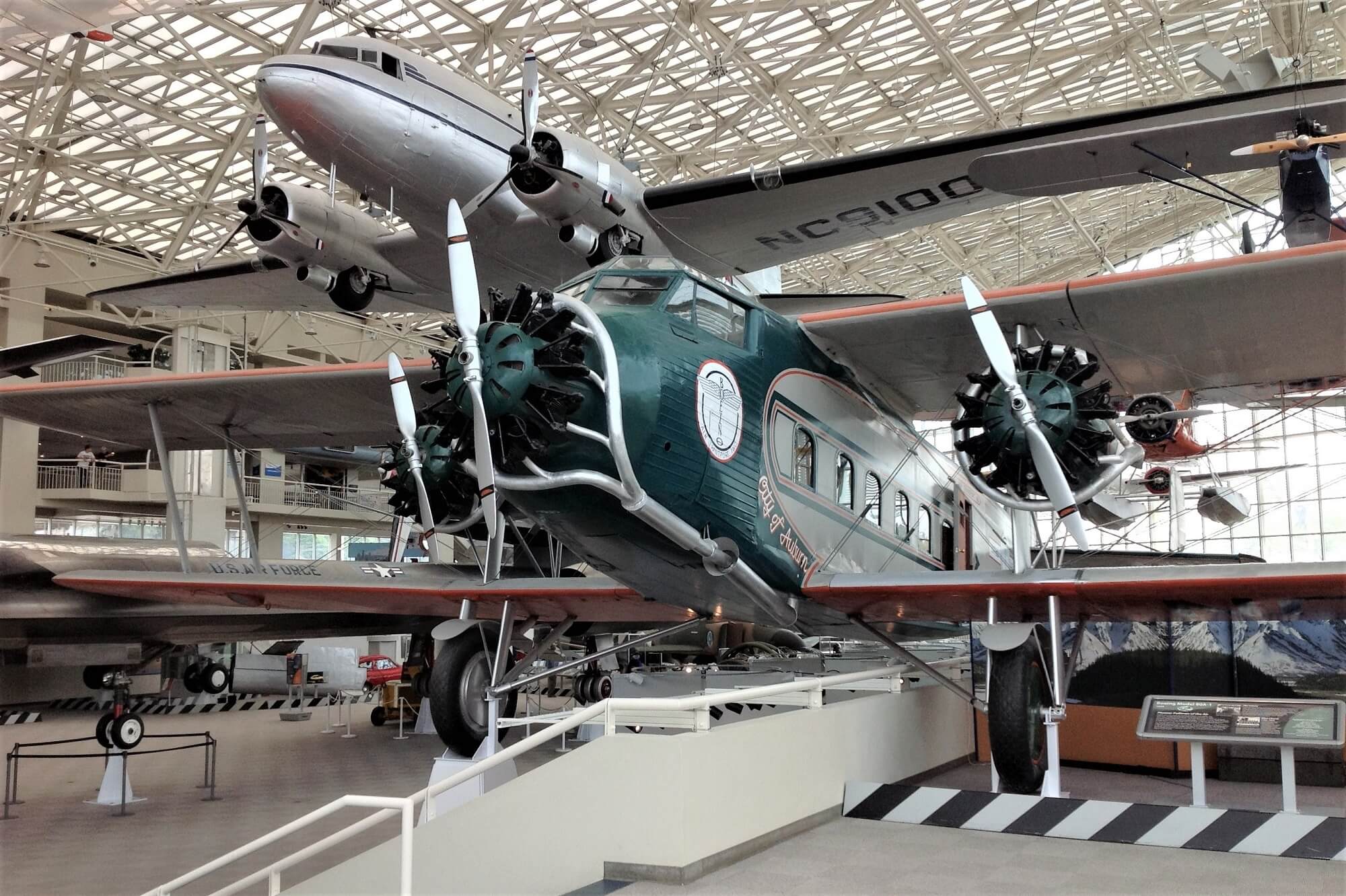
In 1928, the manufacturer was renamed the Boeing Airplane & Transport Corporation. However, the company did not keep the name for long. Following the acquisition of several aircraft makers, such as Avion, Chance Vought, Sikorsky Aviation, Stearman Aircraft, Pratt & Whitney, and Hamilton Metalplane, the company was rebranded again to be called the United Aircraft and Transport Corporation
Refocusing on all-metal aircraft manufacturing
A common trend in aircraft manufacturing in the early 1930s was to build all-metal monoplanes. With the aim of becoming a leader in the commercial aircraft business, the United Aircraft and Transport Corporation became the first to develop a low-drag airframe with cantilever wings and retractable landing gear. In 1932, it introduced the Model 248, the first all-metal monoplane fighter, which was used by the US Army Air Corps between 1934 and 1938.
However, one of the most outstanding aircraft built by Boeing during 1930 and 1940 was the Boeing 247 twin-engine passenger monoplane. The first 59 247s were made exclusively for United Airlines.
The model was later developed by Douglas Aircraft. Other famous commercial planes produced by Boeing during this time included the Model 314 flying boat, and the Model 307 Stratoliner, the latter being the first plane equipped with a pressurized cabin.
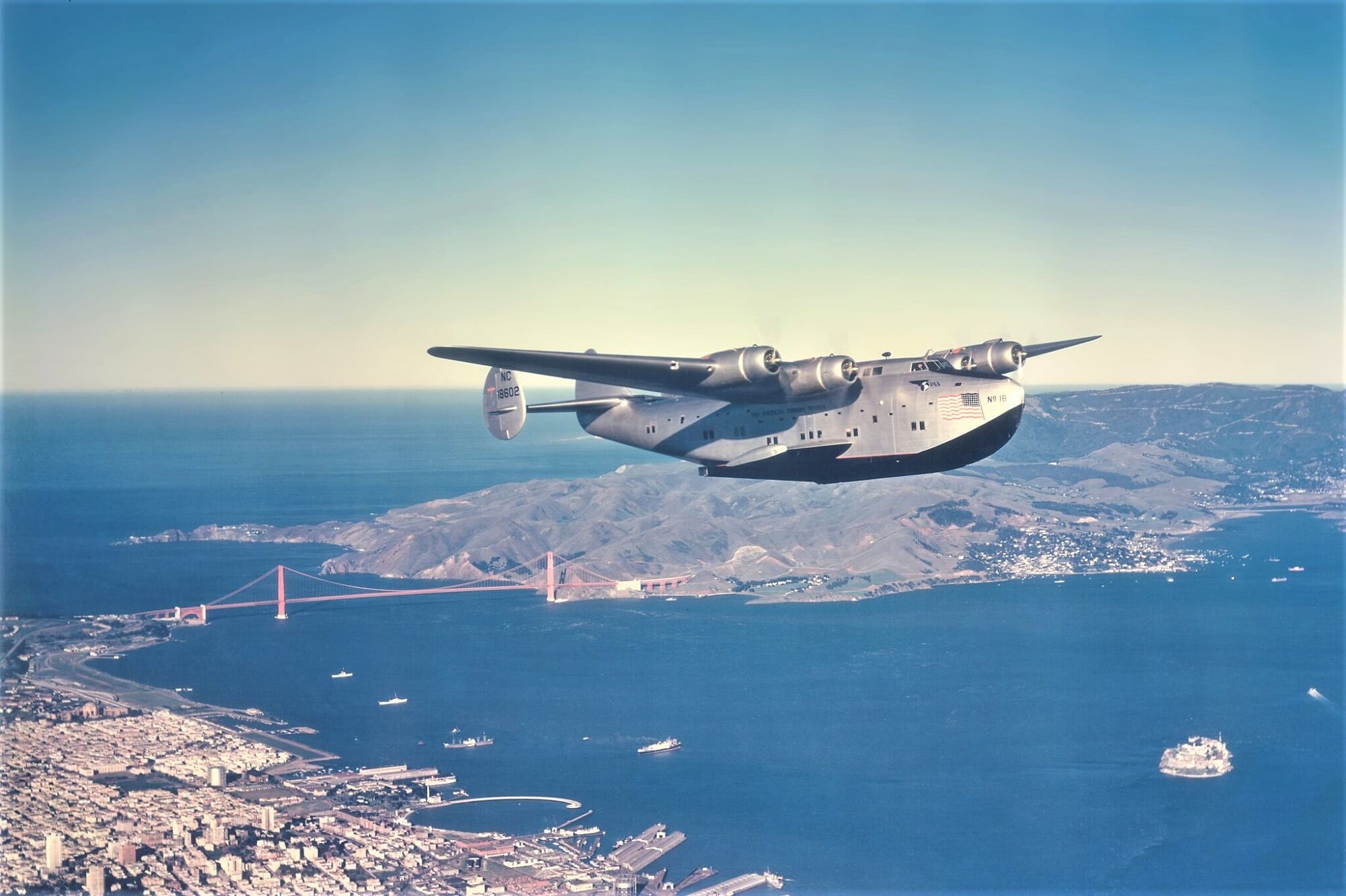
Exploring the military aircraft market
The manufacturer played a key role in the military aircraft market during the Second World War, introducing bombers such as the B-17 Flying Fortress and the B-29 Superfortress, which entered service in 1935 and 1942, respectively.
At the time, rival aircraft manufacturers such as Douglas and Lockheed had been flooding the market, causing Boeing’s market share of commercial airplanes to shrink.
However, after the war, the company continued to develop military planes, such as the six-engine B-47 Stratojet and eight-engine B-52 Stratofortress bombers. By refocusing on military aircraft, the manufacturer continued to receive orders.
Victor J. Caputo / Wikimedia Commons
The renewed emphasis on the commercial aircraft market took place in the late 1950s when Boeing developed a new turbojet capable of flying over the North Atlantic. The Boeing 707 was the first long-range narrow-body airliner and entered commercial passenger service in 1958 on a Pan American transatlantic route. The 707 was followed by two other aircraft models, the 727 trijet and the 737 twinjet, which entered service in 1964 and 1968 respectively.
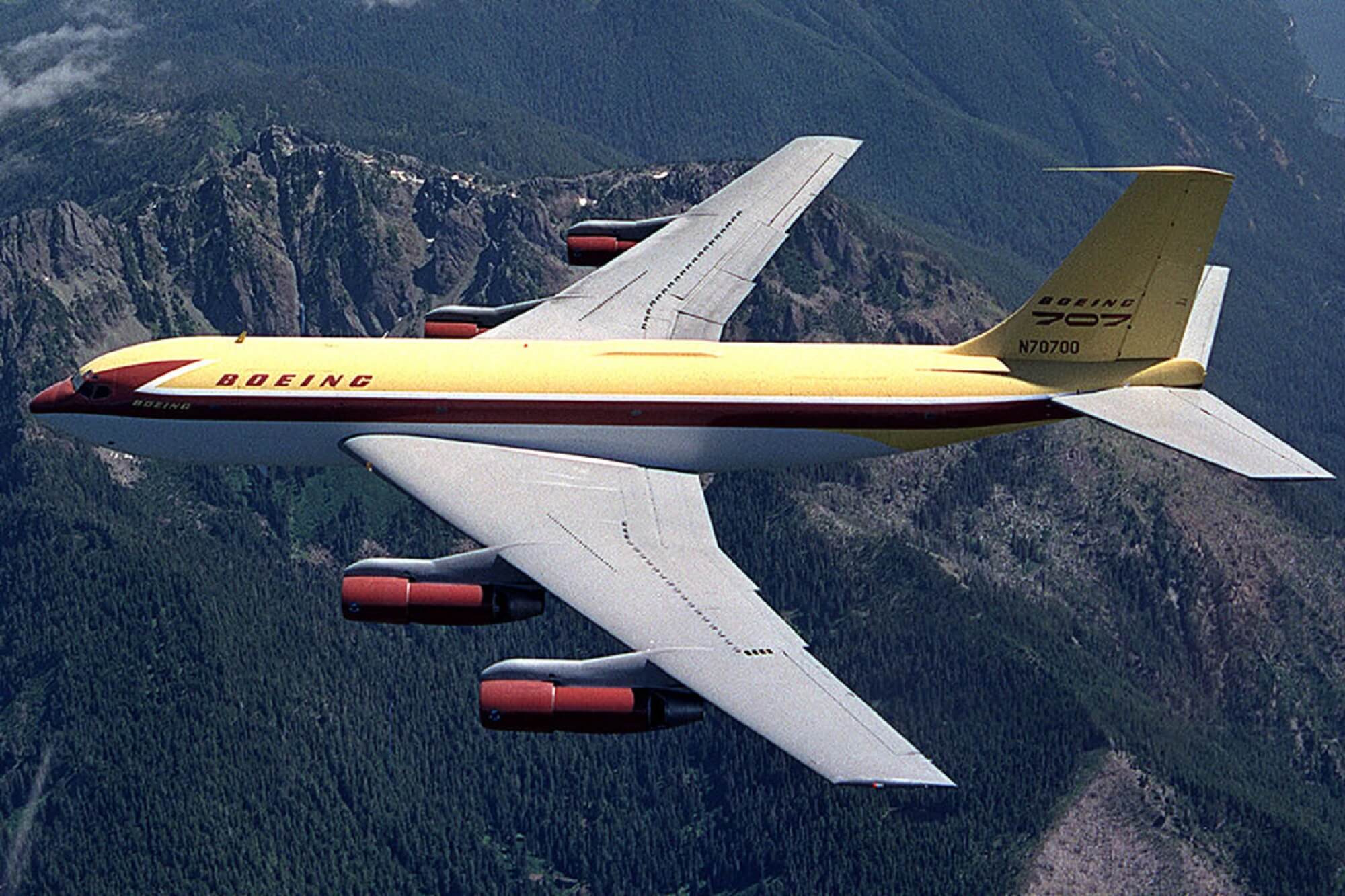
Helicopters and the space race
Boeing started producing helicopters after 1960, when it purchased the Vertol Corporation, which was the world’s largest helicopter manufacturer at the time. The first two whirlybirds to be built by Boeing were the CH-47 Chinook in 1931, and the CH-46 Sea Knight in 1962, both of which were dedicated to serving as military aircraft.
The company, which was rebranded as The Boeing Company in 1961, also entered the space industry by introducing NASA’s first spacecraft, the Lunar Orbiter, which conducted the first flight to the orbit of the Moon in 1966. Later, in 1974, another Boeing-designed robotic space probe, the Mariner 10, blasted off on a space mission to take images of Mercury.
These launches marked Boeing’s entry into the technological development and manufacture of space components.
The success of the modern Boeing 737 family aircraft
Boeing introduced its legendary 737 aircraft in 1964. The narrow-body plane was designed to supplement the old-generation Boeing 727 on short-haul routes. Having made its first flight in 1967, the original Boeing 737-100 version entered services in 1968, making its first flight with German flag carrier, Lufthansa (LHAB) (LHA).
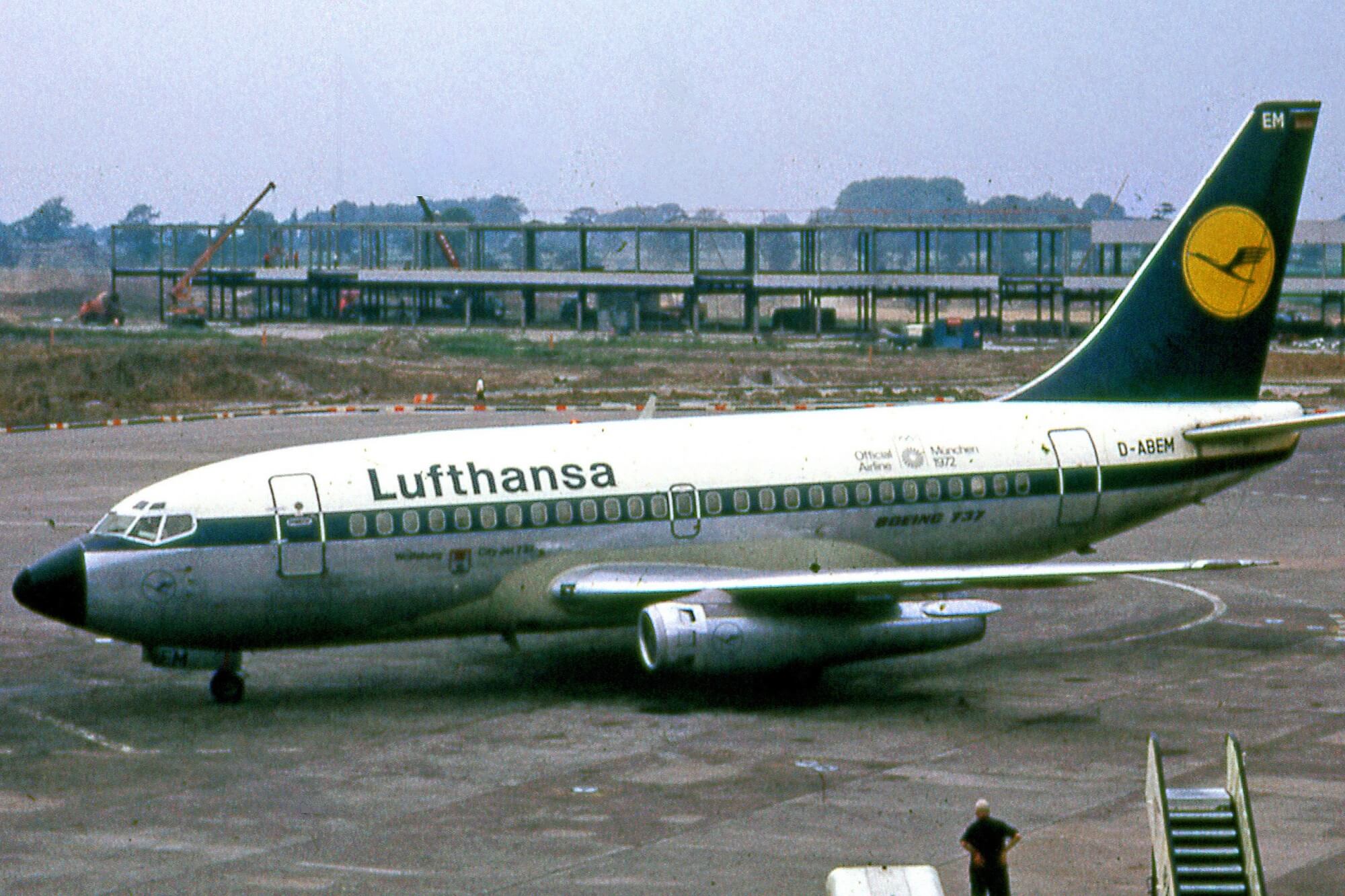
Noticing demand, Boeing built a few larger versions of the plane, gradually adding more capacity to the passenger cabin. Over the next five decades, Boeing turned the first 737-100 into the whole 737 family which included eight additional aircraft versions: the 737-200, the 737-300, -400, -500, -600, -700, -800, and –900.
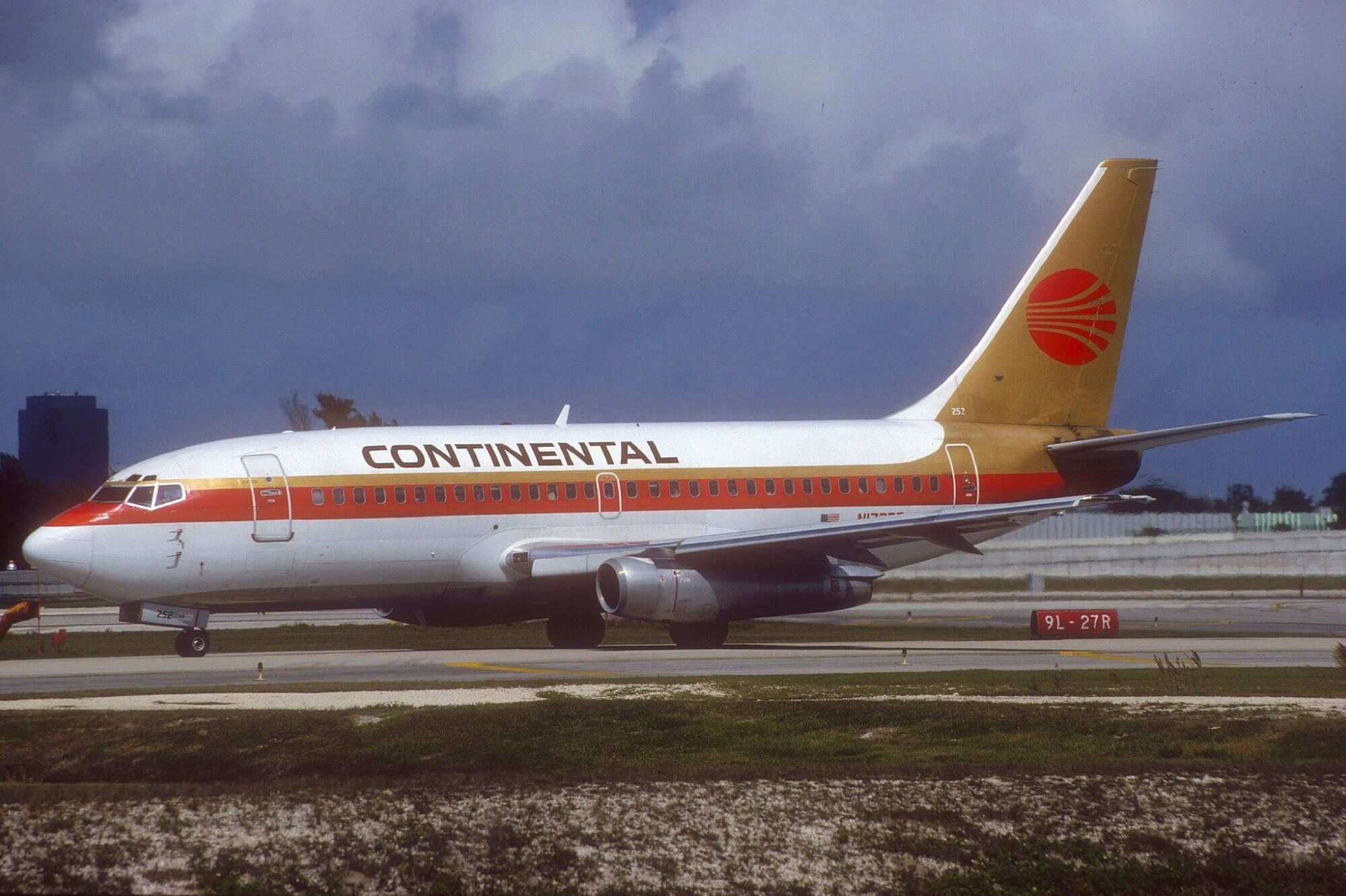
Those planes were also joined by the fourth-generation 737 MAX family aircraft, which now includes the 737 MAX 7, MAX 8, MAX 9 and the MAX 10. The 737 remains one of the world’s best-selling planes to this day.
According to Boeing, a total of 15,302 Boeing 737 family jets have been ordered, 11,117 of which were delivered as of August 2022.
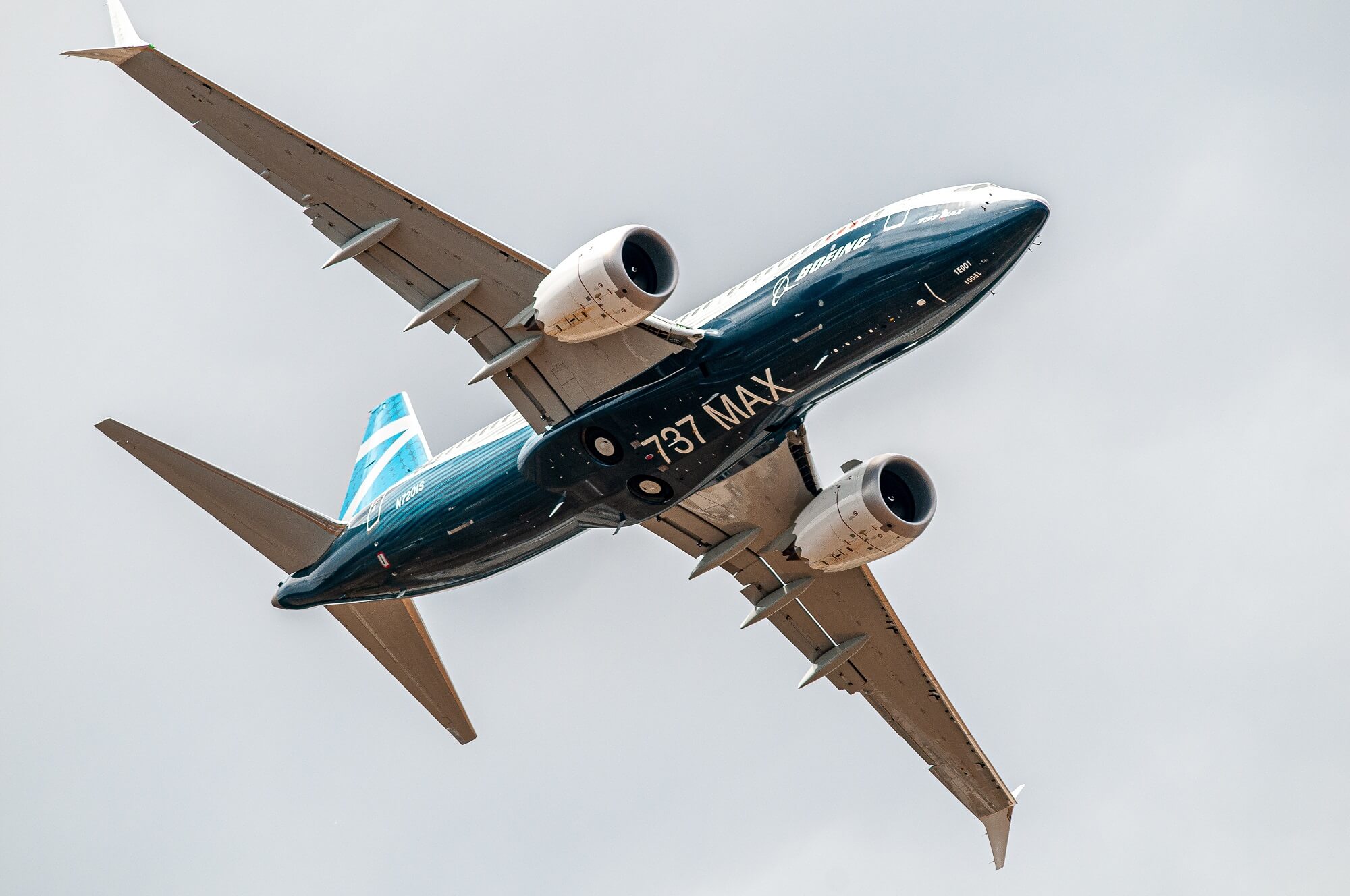
It would be difficult to list all the aircraft models developed and built by Boeing during the past century. And while not all of Boeing’s concepts had the chance to take-off, they have certainly left their mark on the manufacturer’s legacy.

